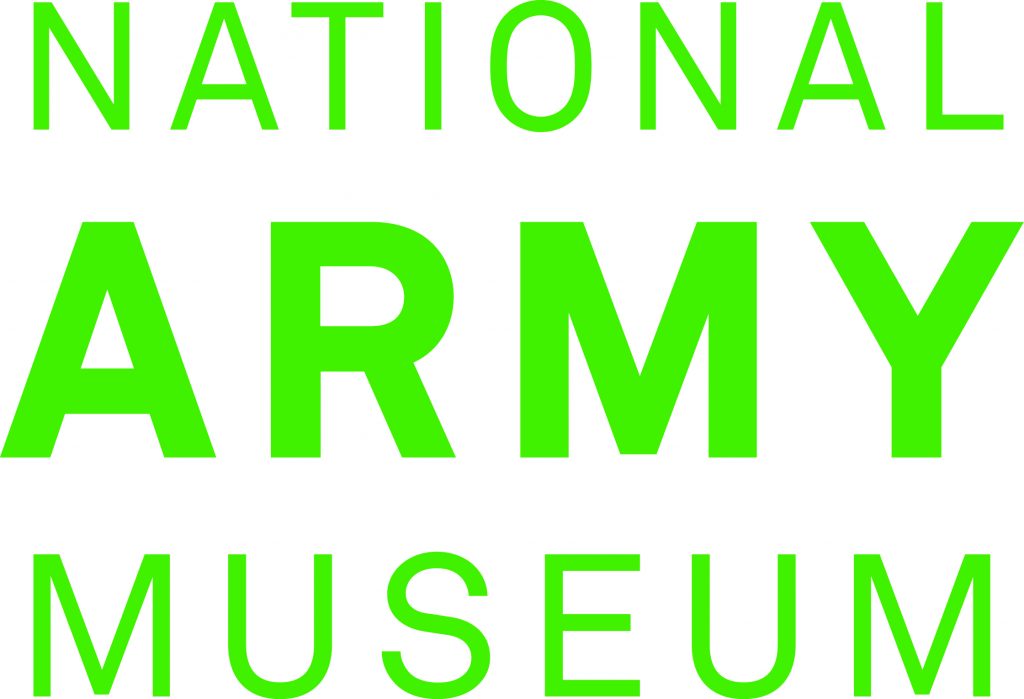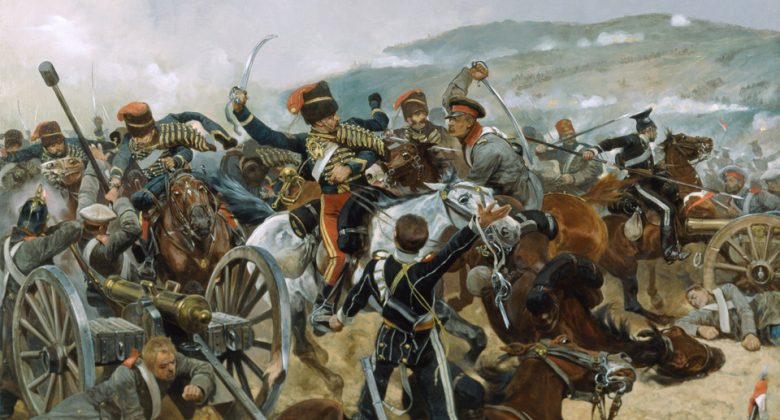British Army uniforms have been a source of sartorial inspiration since their inception. From red coats to camouflage, the allure of being á la mode, the projection of ideas and ideals of masculinity and perceptions of what it is to be a soldier are all tied up in their reappropriation.
There is one regiment in particular that has had a lasting impact on fashion: the hussars.
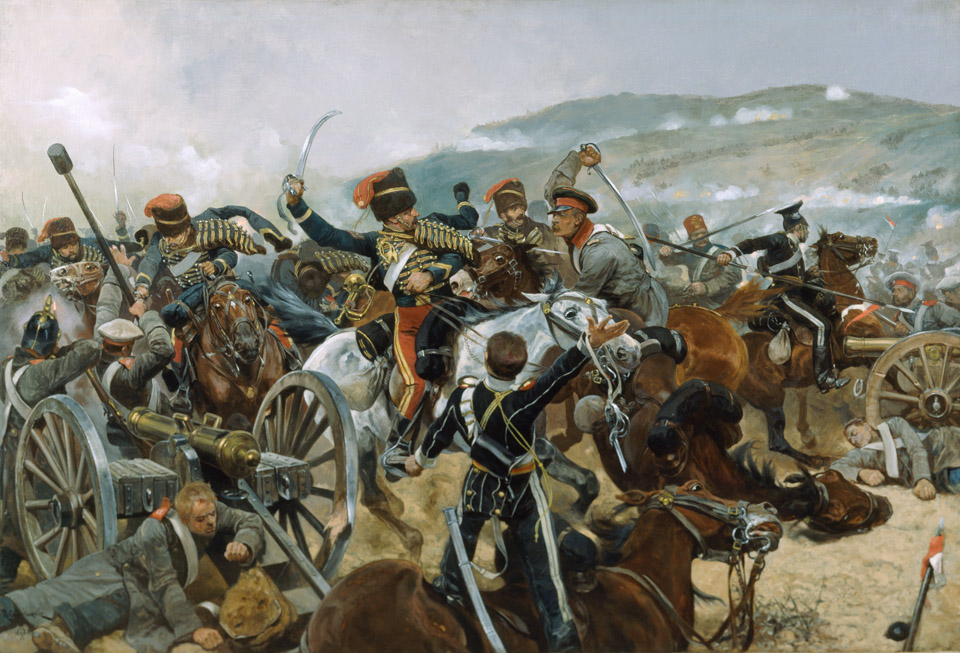
The Relief of the Light Brigade, 25th October 1854, by Richard Caton Woodville, 1897
Image courtesy of the Council of the National Army Museum
The Rise of the Hussar Trend
The hussars were light cavalry mounted on fast horses and originally came from Hungary. The British Army first encountered them during the War of the Austrian Succession (1740-48), but did not start transforming its own light dragoon regiments into hussars until 1806.
From 1806 to 1812, 12 regiments were restyled or established as hussars, with identical uniforms to their Hungarian counterparts.
A number of the regiments were headed by royal princes and some of the wealthiest peers in the Kingdom. It was the Prince of Wales, later King George IV, who was so taken with the Hungarian hussars he had seen, that led to their establishment in the British Army. He was in charge of the 10th Hussars, also known as The Shiny Tenth, and was well known for his love of clothes and fashion.
Some of the other colonels were also members of the ‘Bon Ton’, London’s fashionable world at the time, and therefore had great influence on the fashion worn by the rest of the country. With these connections it is unsurprising that the hussars had both a stylish reputation and an impact which evolved beyond the Army.

The Hussars, coloured lithograph published by Henry Graves and Company, 1846
Image courtesy of the Council of the National Army Museum
Beau Brummell, whose name is a byword for an extremely well-dressed man, served for a time in the 10th Hussars. The regiments attracted fashionable and wealthy men to their exclusive ranks, and they also played on this; so well-known were they for their dashing looks that in a recruitment poster from 1809, the 7th Hussars gave themselves the nickname ‘The Old Saucy Seventh’.
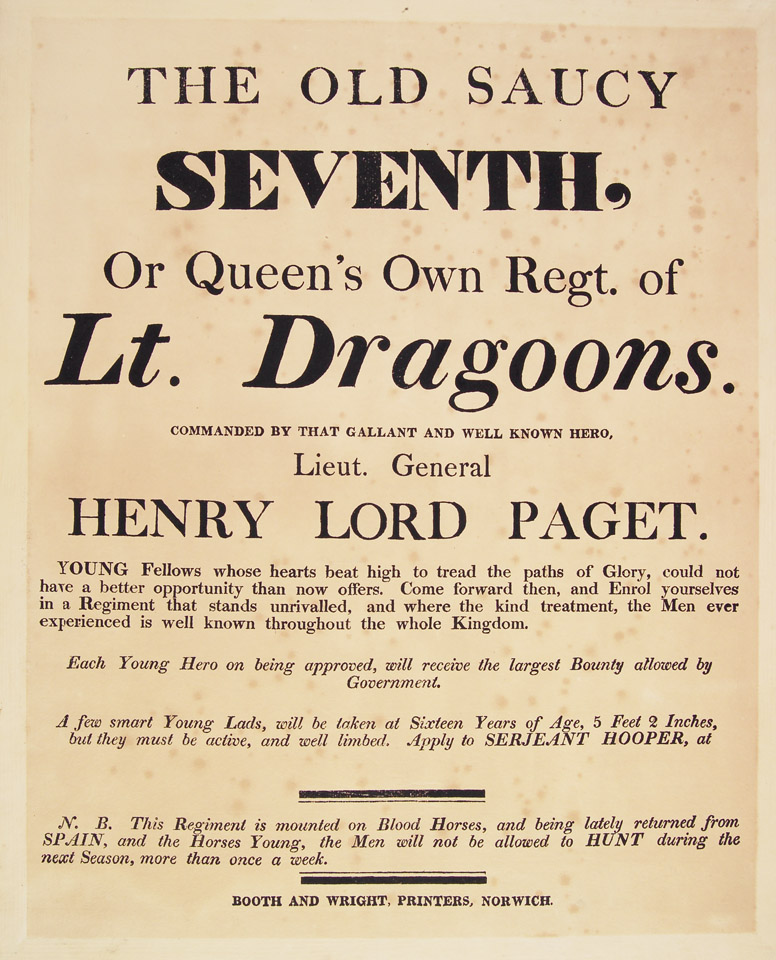
Image courtesy of the Council of the National Army Museum
‘Ah, that’s the way the people’s money is squand’red’
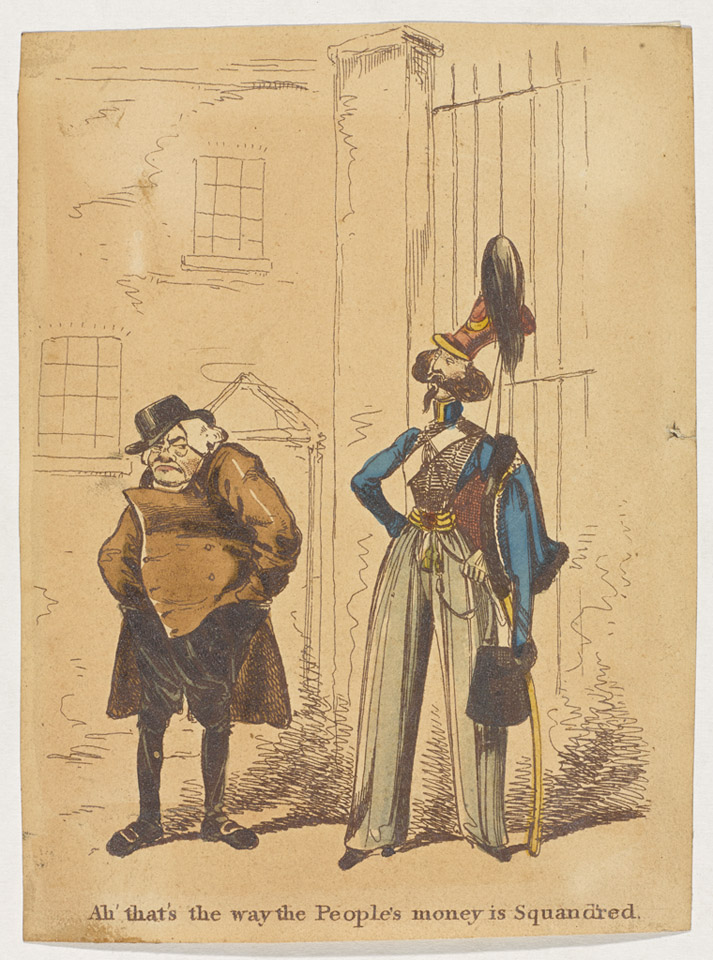
Image courtesy of the Council of the National Army Museum
As popular as they were at the outset, the hussar trend suffered a slight wobble a few years in. The regiments had performed well in Spain in the campaign of Sir John Moore against the French, but suffered during a scrambled retreat over the mountains which highlighted flaws with their uniforms.
People believed that the hussars were just expensively dressed light dragoons and had lost touch with their original purpose as highly mobile light cavalry. As this etching shows, there was widespread disapproval and public criticism of their costly, impractical, fancy clothing.
Fashion Icon
Despite their momentary wobble, the hussars were still a sensation, and imitations of their uniform have never gone out of vogue. They have been replicated in fancy dress at balls and parties, in male and female civilian fashion and within popular culture.
Their popularity has only grown and for many they seem to be the archetypal go-to for portraying military dress. Their uniforms have been copied within the music industry, by stars ranging from The Beatles to Elton John; within the film industry in releases like Cinderella and the Nutcracker; and of course the fashion industry itself, Alexander McQueen and Balmain are just two who have created pieces based on the hussars.
Fashion designer’s works have trickled down to the high street, making what was once exclusive available to all. This jacket, from Monsoon’s SS17 collection, nicely highlights the inspiration taken from hussar dress. The design across the front is reminiscent of the frogging across the front of hussar pelisses and short frogged jackets. And the use of buttons, sequins and lace can be commonly found in many examples of military fashion.
Over 200 years the hussars have truly become an iconic staple of military fashion.

Monsoon ‘Myla’ military jacket
Image courtesy of the Council of the National Army Museum
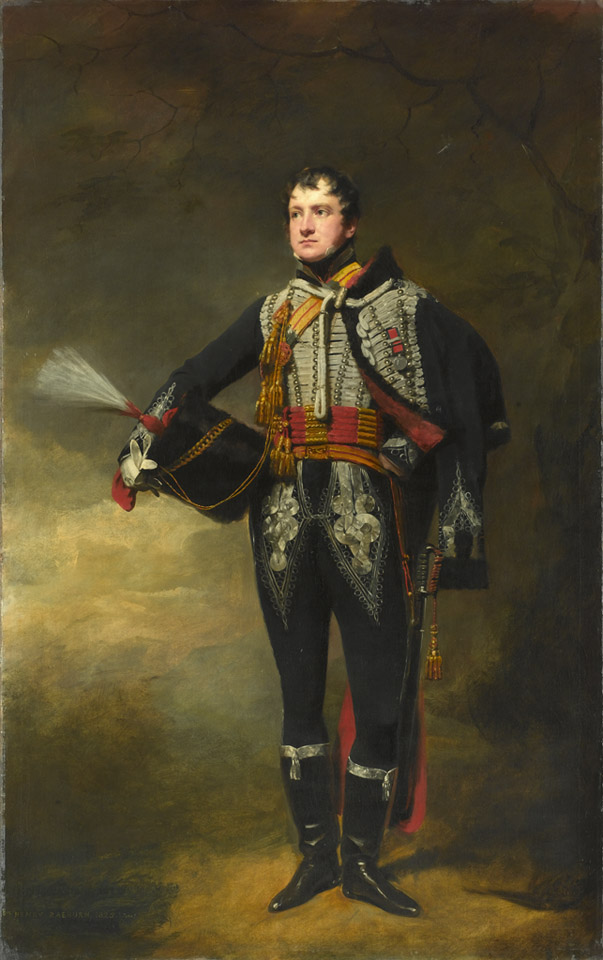
Lieutenant John James Douglas, 15th (The King’s) Hussars, 1819
Image courtesy of the Council of the National Army Museum
Written by Sophie Anderton, Curator at the National Army Museum
